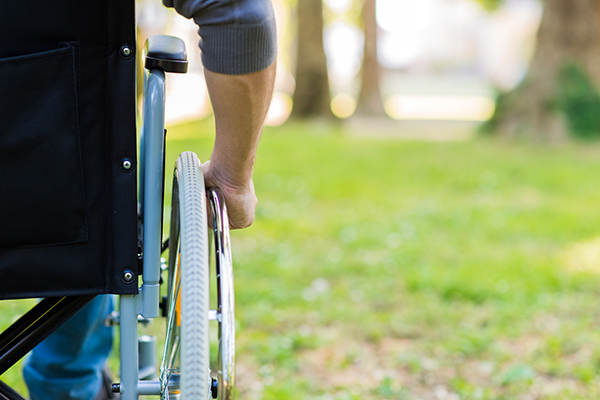Paralysis in the Body
Paralysis: Definition, Types, Causes, and Treatment
What is Paralysis: Definition
One of the saddest, most unfortunate things that could happen to a person is to suffer from some form of paralysis. It immediately defines him/her as not normally functioning.
What is paralysis? Paralysis is the loss of one’s ability to move one or several muscles. It tends to come along with a loss of feeling or loss of some other function of the body. The root cause of paralysis is not usually with muscles themselves but rather by a dysfunction in one’s nerves or spinal cord. This, after all, is what the brain uses to regulate and manage the muscles. It’s no surprise therefore that a person with paralysis will have some damage to his nerves.
What is Paralysis: Types
Paralysis of the body falls into 2 types. This could be :
- Localized, which means only a specific part of the body (i.e., the hands or face) is paralyzed or
- Generalized when a larger body part gets affected.
The other types of paralysis are known by the following medical names:
-
- Monoplegia: paralyzed part of the body is only 1 limb
- Hemiplegia: arm and leg of the body’s left or right side are paralyzed
- Paraplegia: both legs are affected. Sometimes, this could also include the body’s lower portion of the pelvis.
- Tetraplegia: this is a case of both arms and legs being paralyzed.
What is Paralysis: Causes
Paralysis commonly happens when :
- -One suffers a stroke
- -An incident, accidental or otherwise leads to head injury
- -The spinal cord is injured (colloquially, this is known as the backbone. It is a cluster of nerves that spread through the spine and aids in controlling the body muscles.
- -One is diagnosed to be suffering from Multiple Sclerosis
- -Sometimes, as a result of several other conditions, one develops cerebral palsy or Guillain-Barre’ syndrome.
What is Paralysis: Coping
Life for those who suffer from Paralysis is not easy. It puts a heavy strain on one’s day-to-day life, although the extent of its impact is determined by what type of paralysis one suffers from.
A paraplegic (someone suffering from paraplegia, paralysis of the lower limb) for instance will generally be able to go through a fairly independent and active life with a wheelchair. He may have to temper his sports interest though for obvious reasons.
Another paralysis victim, however, whose arms and legs are affected (Tetraplegia) will need a whole lot more support. It’s not likely that he or she will be able to go through life without somebody dedicated to caring for her.
It may happen also that secondary conditions will occur with those suffering from paralysis. This would be incontinence, both urinary (Inability to control one’s urine flow) and bowel (when stools may leak uncontrolled) types. Sometimes men’s and women’s sexual functions are also affected.
What is Paralysis: Treatment and Cure
It is sad to note that no cure as yet, (except for rare, certain conditions) has been found for paralysis. Such, the treatment for those with permanent paralysis is geared towards making life easier for them with aims of :
-
- -Helping a sufferer to live as independently as his condition will allow.
- -Addressing some complications that may arise out of one’s condition as pressure ulcers (These are sores which occur when tissues of the affected area are subjected to too much pressure).
- -Addressing one’s problems related to bladder and bowel movements which are secondary conditions occurring with paralysis.
- -Treating spasms, fits and other complications arising from paralysis.
Mobility Aids & Supports
A person suffering from paralysis may look to what is known as mobility aids like wheelchairs and orthoses which can help a sufferer move better. There are wheelchairs for manual operation, designed for those whose strength in the upper body is good. Then, of course, there’s the electric wheelchair, for those with poor or weak upper bodies. Those who are able to afford the costs, sometimes prefer to have a wheelchair customized to suit the sufferer’s personal needs.
A good alternative to wheelchairs is orthoses. These are metallic or plastic braces designed and built to improve a limb’s function and compensate for the weakness of the muscles.
Paralysis And Depression
When paralysis hits anybody, such an unexpected experience can have a tremendous impact and trauma. It’s no wonder then that a paralyzed person goes into a deep depression and may feel like alienating himself.
A bit of a consolation, especially for families who may have one member suffering from paralysis, is a research finding that says most paralysis sufferers, somehow are eventually able to accept their condition and learn to live with it.







